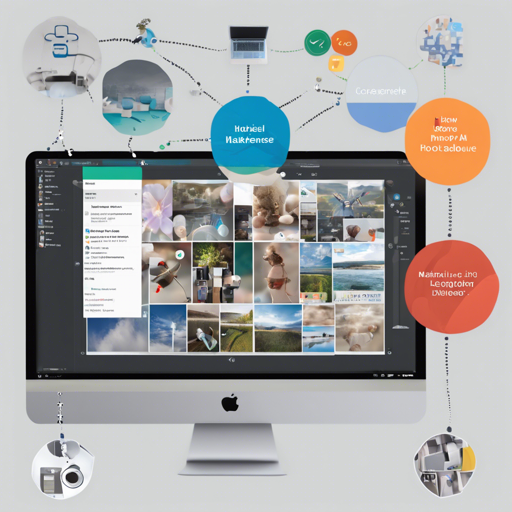Welcome to the world of makesense.ai, a free-to-use online tool that simplifies the tedious task of labeling photos for computer vision projects. With no cumbersome installations needed, you can get started in a matter of minutes. Whether you’re a seasoned developer or new to the field, this guide will help you navigate its features effortlessly. Let’s dive in!
Getting Started with Makesense.ai
Using makesense.ai is as simple as visiting their website! Follow these steps to start labeling your photos:
- Open your web browser and go to makesense.ai.
- Upload your images directly through the user-friendly interface.
- Begin labeling images as required for your project.
Key Features of Makesense.ai
Makesense.ai streamlines the process of preparing datasets with several advanced features.
- Multiple AI Integrations: From YOLOv5 to PoseNet, makesense.ai offers automated labeling functions, making the job much quicker.
- Cross-Platform Compatibility: No matter what operating system you are using, makesense.ai performs seamlessly.
- Privacy First: Your images are not stored or sent to any servers, ensuring complete data privacy.
Understanding the Code Behind Makesense.ai
To illustrate how makesense.ai operates behind the scenes, let’s imagine it as a factory. Suppose each photo you label is akin to a package that needs to go through various checks (labeling tasks). The workers (AI models integrated into the application) perform these checks, ensuring that each package arrives correctly labeled and ready to be shipped out to the next phase (training a model).
Local Setup for Developers
If you want to explore makesense.ai more deeply or contribute to its development, setting it up locally can be beneficial. Here’s how:
bash
# Clone the repository
git clone https://github.com/SkalskiP/make-sense.git
# Navigate to main directory
cd make-sense
# Install dependencies
npm install
# Serve with hot reload at localhost:3000
npm start
This setup allows you to run the application on your local machine. Make sure you have Node.js and npm installed in versions that meet the application’s requirements!
Troubleshooting Common Issues
Even the best tools can run into snags. Here are some troubleshooting steps to consider:
- If the app doesn’t load, check that you are using compatible versions of Node.js and npm.
- For Docker users, ensure you build and run the image correctly by following the commands given in the documentation.
- If you encounter performance issues, consider closing other applications that might be consuming a lot of CPU or memory.
For more insights, updates, or to collaborate on AI development projects, stay connected with fxis.ai.
Exporting Your Labels
Once your images are labeled, exporting them is straightforward. You can download your labels in several popular formats such as CSV, YOLO, and COCO JSON, making it flexible for different machine learning frameworks. The choice of format can significantly impact how efficiently you can train your models.
Conclusion
Leveraging makesense.ai can accelerate your deep learning projects while keeping your workflow organized and efficient. Whether it’s labeling images or porting the data into various formats, makesense.ai is equipped to handle the load while respecting your privacy.
At fxis.ai, we believe that such advancements are crucial for the future of AI, as they enable more comprehensive and effective solutions. Our team is continually exploring new methodologies to push the envelope in artificial intelligence, ensuring that our clients benefit from the latest technological innovations.

